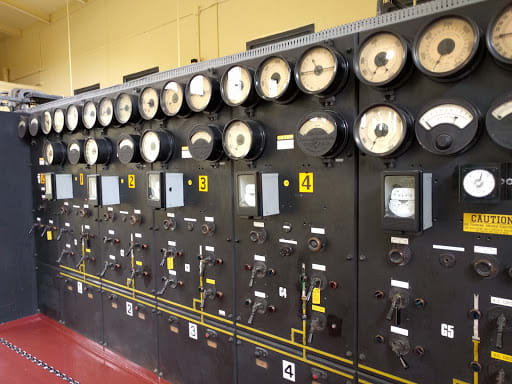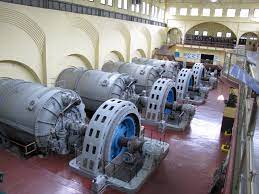rockman7892
Electrical
- Apr 7, 2008
- 1,171
I'm looking at an application for a distributed generation wind site that currently has about 12MW of wind generation at 12kV that goes through collector system and step voltage regulator before interconnection point of 12.47kV utility distribution line (recloser and metering at interconnection point).
The distribution line is now being upgraded from 12.47kV to 25kV (24.9kV I believe). The existing voltage regulators are 667kVA units rated at 13.2kV so they will not provide the necessary boost required to 24.9kV. Initial approach is to add a new step-up transformer (aprox 15MVA) into collector system to bring 12kV generation up to new 24.9kV distribution line voltage.
With addition of a new transformer is there any advantage/disadvantage to keeping voltage regulators in system with new transformer? Based on most practical location to insert new transformer these voltage regulators would be on the low voltage side of the step-up transformers if left in the system. I suspect the voltage regulators were initially designed to provide slight increase from 12kV generator voltage to 12.47kV line voltage but now with a properly sized and tapped transformers these would likely not be needed. Is there any harm to keeping them in the system?
Given the required voltage step I don't believe keeping a regulator approach with larger size regulators instead of step-up transformer would be a more practical approach?


